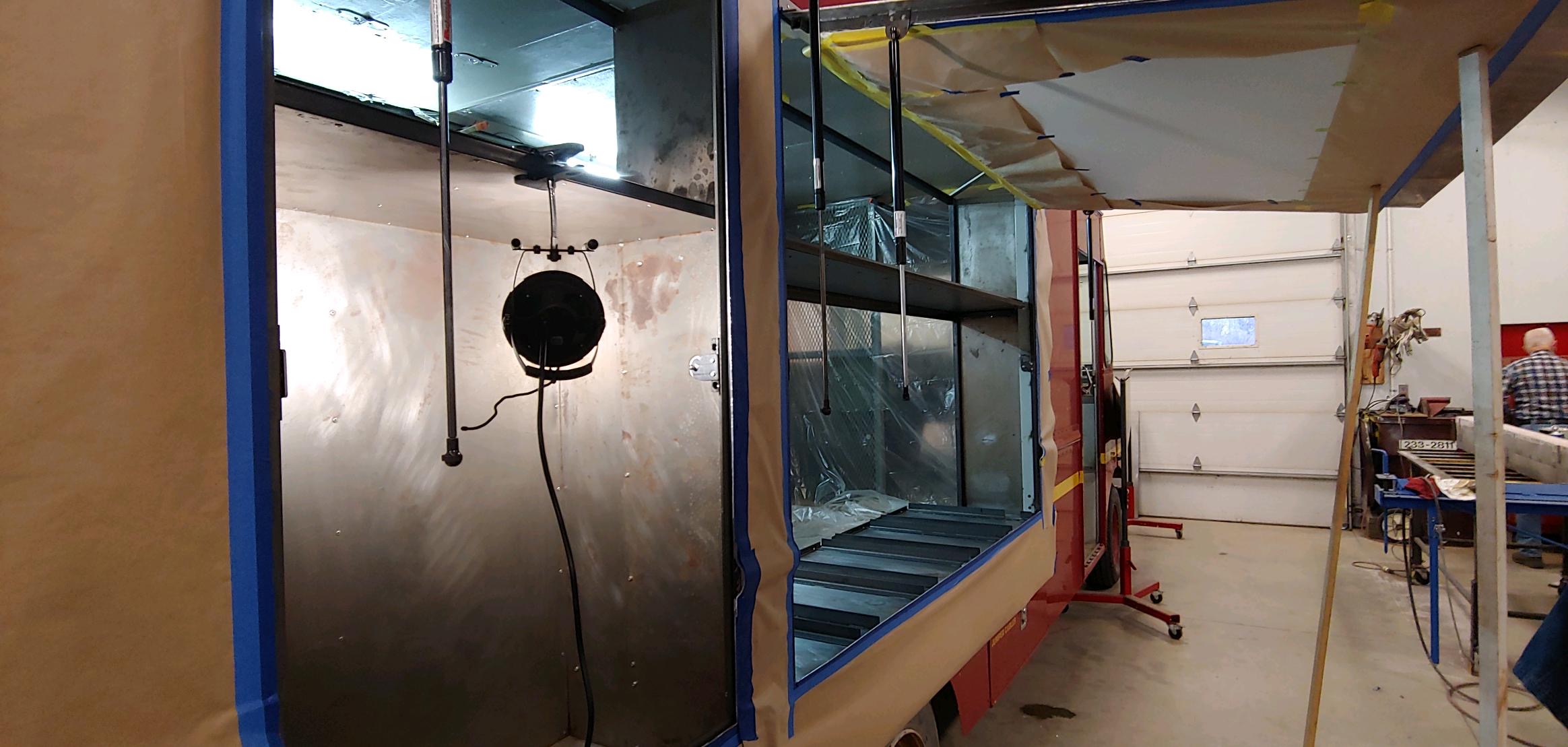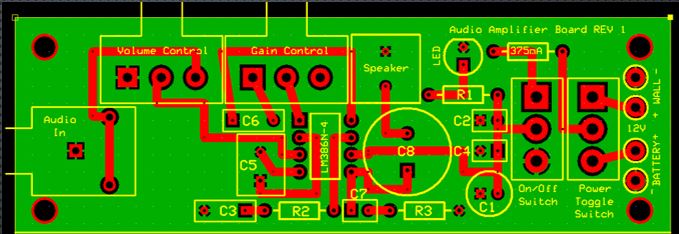Projects
Engineering Projects
Read on to learn more about some of my favorite projects and how they have been impactful to me!


Design Project
Infinity Pong Table
My sophomore year of college, I had a bit more free time with COVID’s forced transition from in-person to online classes, and I didn’t feel like I was getting the hands-on engineering experience I desired, so I decided to design and build a custom pong table for one of my friend’s houses. The result was a final product that demonstrates a proficiency in 3D modeling, the benefit of a bill of materials in material optimization, and an effective adherence to a budget.
I initially assessed the feasibility of the table through a Solidworks design that accounted for the standard size of required materials. From this, I made a bill of materials, purchased the materials, and kept to a strict budget. With the help of my friends, I built the table to the specifications I had designed it for. The table came together smoothly as we followed the dimensions and materials of the 3D model, and thus the advantage of this planning process was realized.
This experience was valuable in my realization of the reward of a standard design process and although I was not familiar with the Six Sigma process at this time, my planning process had naturally aligned with that of Six Sigma. I had defined my friend’s expectations of the table and the standards its size had to meet, I had researched other designs to see where they failed, and I even addressed their shortcomings to improve my design and create a superior product. When I was later introduced to the Six Sigma process, this experience drew me to its importance and the eventual implementation of it in my daily engineering processes.
Design Project
Slush Truck.
When I was 12 years old, my dad had a dream to start a food truck concessions company that he felt would give my brother and I valuable experiences in customer service, sales, and engineering. We started with the purchase of an old Dippin’ Dots kiosk that we converted to our own shaved ice stand, and ever since, I have helped run, maintain, and optimize the efficiency of the equipment as the business has grown. Our family now helps run multiple food trucks and we have dove into the design of a new concept of truck. This food truck, pictured to the right, features a self-served slushie system, that was designed to increase profit, drive down costs, and reduce required maintenance.
Throughout the design of the truck, I have helped my dad in the application of multiple engineering techniques and concepts. Whether it was figuring out how much force was required to hold the main canopy doors open, where to locate fresh and grey water tanks for ease of use, or even how to create a heat sink to reduce overheating of the machines, I was included in every step of the process. This meant I was not only helping size, select, and purchase equipment such as AC Units, exhaust fans, and pumps, but I was tasked with helping design and implement solutions to problems existing products could not address.
This experience was therefore extremely valuable in the application of my knowledge from my degree program into real world processes. Classroom knowledge is of ever-increasing value when concepts from different classes can be connected in a singular project and this experience provided me with that opportunity. It can be exceedingly difficult to design a system that not only functions, but maximizes efficiency in a small space, and the challenges presented by this have no doubt helped me zone in my skills.








Design Project
Portable Speaker.
The prototype presented in the pictures here was my final project in Electrical Circuits for Mechanical and Nuclear Engineers. The class was the first circuits class offered by Kansas State with a lab component, and this project, along with the labs, truly helped me develop a strong understanding of circuits and their components. After learning about the basic laws of filters, voltage and current dividers, amplifiers, and transformers, we were expected to design a prototype that demonstrated our understanding of these concepts and our lab equipment in a working model. We were tasked to use some form of analysis (Nodal, Mesh, Thevenin Equivalence, etc.), size components effectively, follow a detailed project schedule to meet key deliverables, strictly follow our component’s data sheets, and develop a final schematic and PCB design for mass production of our prototype.
Ultimately, our group decided we would create a portable speaker prototype with key features being an ability to run off both battery power and wall power with both gain and volume control. Our first step was to select an amplifier to meet our goals, and the LM386 was chosen based on its affordability, abundance, and versatility. Filter components, a speaker, a converter, and other components were then purchased and tested to match the functionality of the operational amplifier. Testing included the comparison of calculated and experimental inputs and outputs determined from equipment such as a DMM and oscilloscope. Our team therefore ensured the success of our prototype by defining stages of system quality and conducting extensive testing before assembly. A 3D printed housing was also developed for the prototype, and the final product along with our analysis was presented to an industry professional for feedback.
The industry professional praised our model for its effectiveness and gave us valuable advice as to how to improve our designs in the future. The success of this project demonstrates a key understanding in the fundamentals of circuit analysis and design and was effective in forcing the application of my classroom knowledge into a real-world environment. This instilled in me a confidence in my ability to analyze electrical systems and more effectively integrate them into mechanical design, and this is of value as most engineering involves both mechanical and electrical elements. Knowledge of these elements should allow me to communicate with my peers in other fields more effectively, and aid in the troubleshooting of problems when they arise.